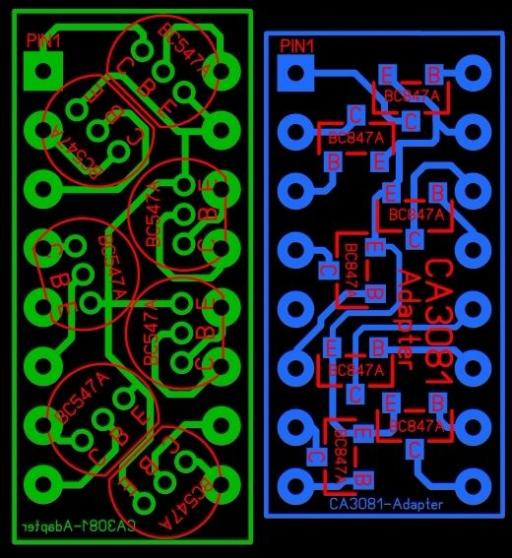Sometimes you make a pinball deal because the price is great, but you’re not sure if you can restore the game or even if you should. But if you’re patient, everything falls into place. This is one of those stories.
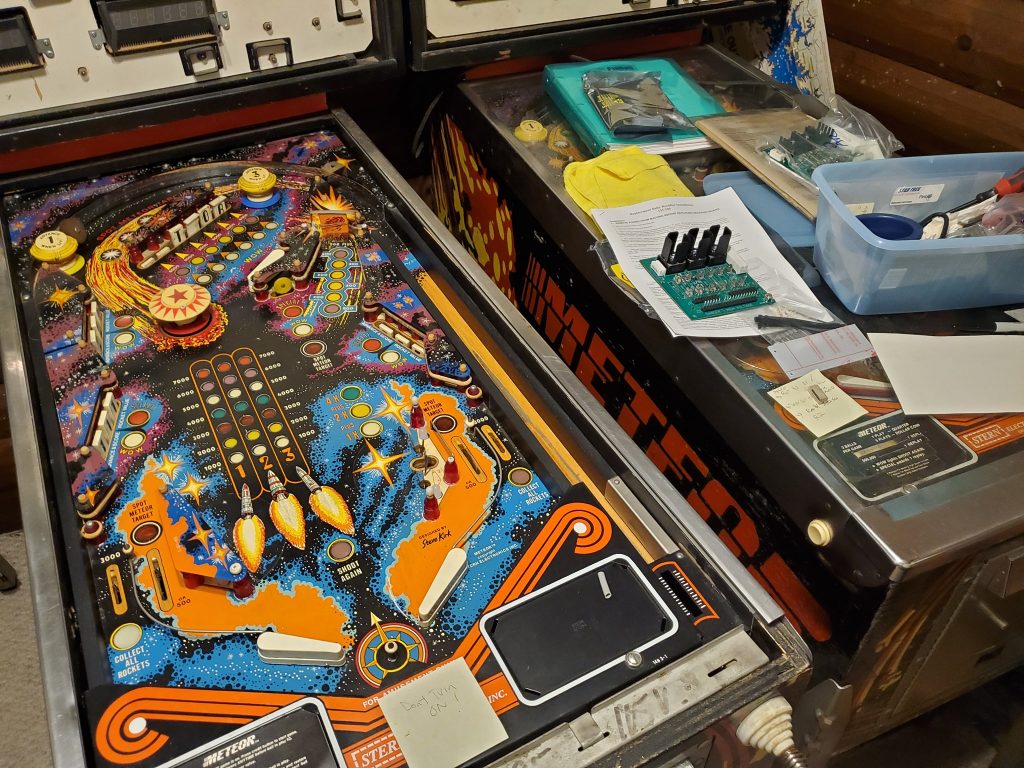
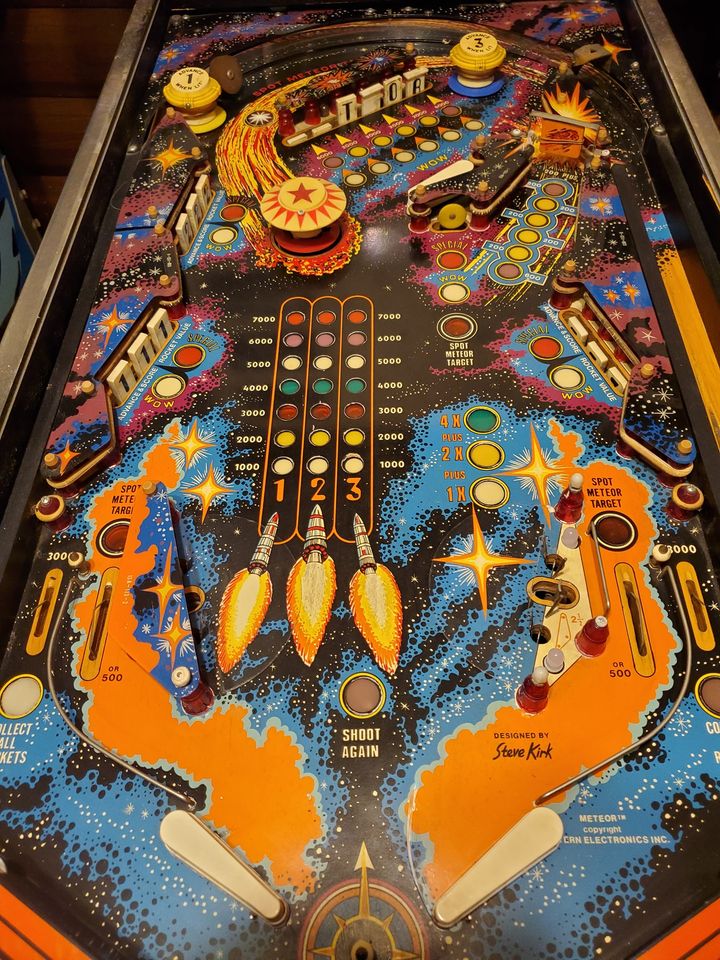

Sometimes you make a pinball deal because the price is great, but you’re not sure if you can restore the game or even if you should. But if you’re patient, everything falls into place. This is one of those stories.


The other day as I was working on my Bally Mystic, I decided to upgrade the lighting in the backbox to LED and document what I consider to be a “tasteful” way to migrate from traditional incandescents to LED lighting. Some people complain about this but I think if you do it right, it’s a dramatic improvement, and in some ways is hard to tell from older style lighting. Let’s take a look!
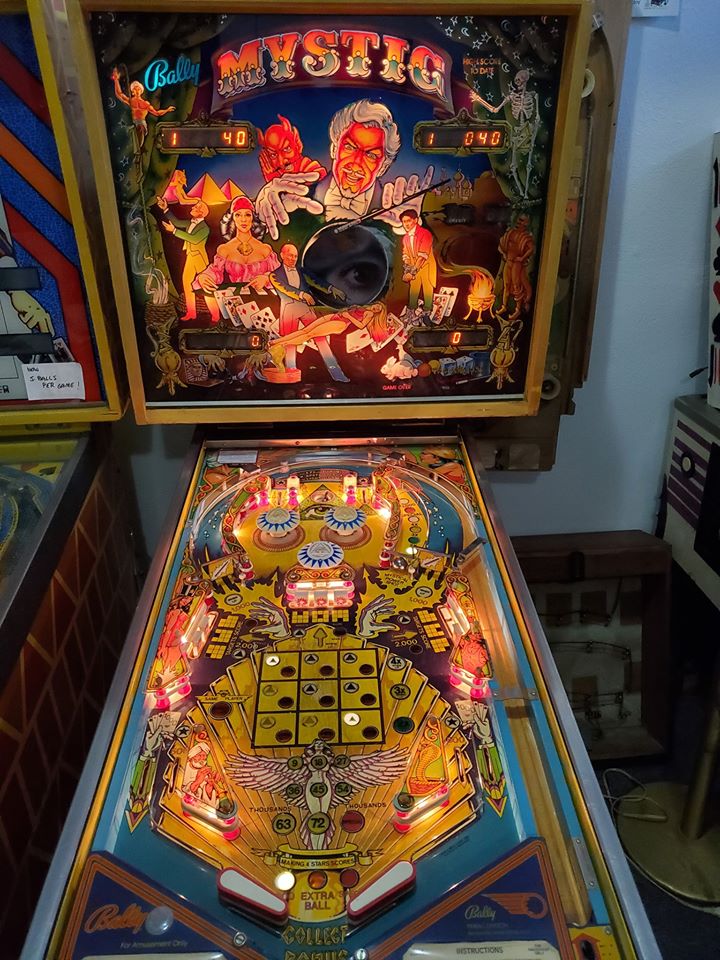
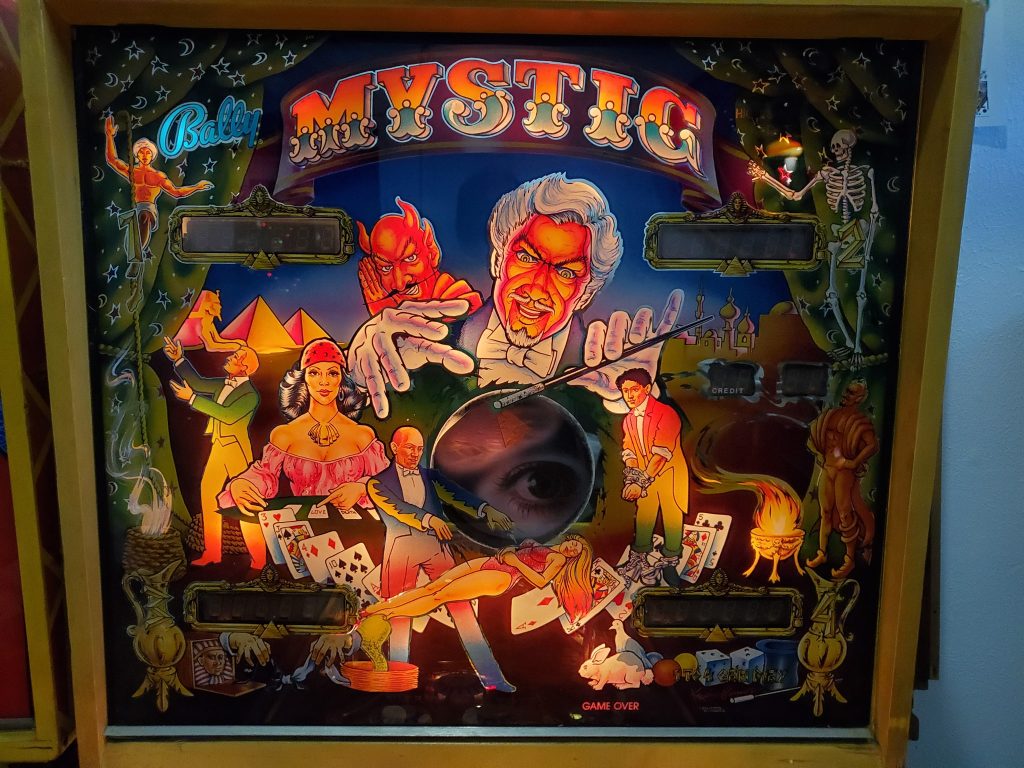
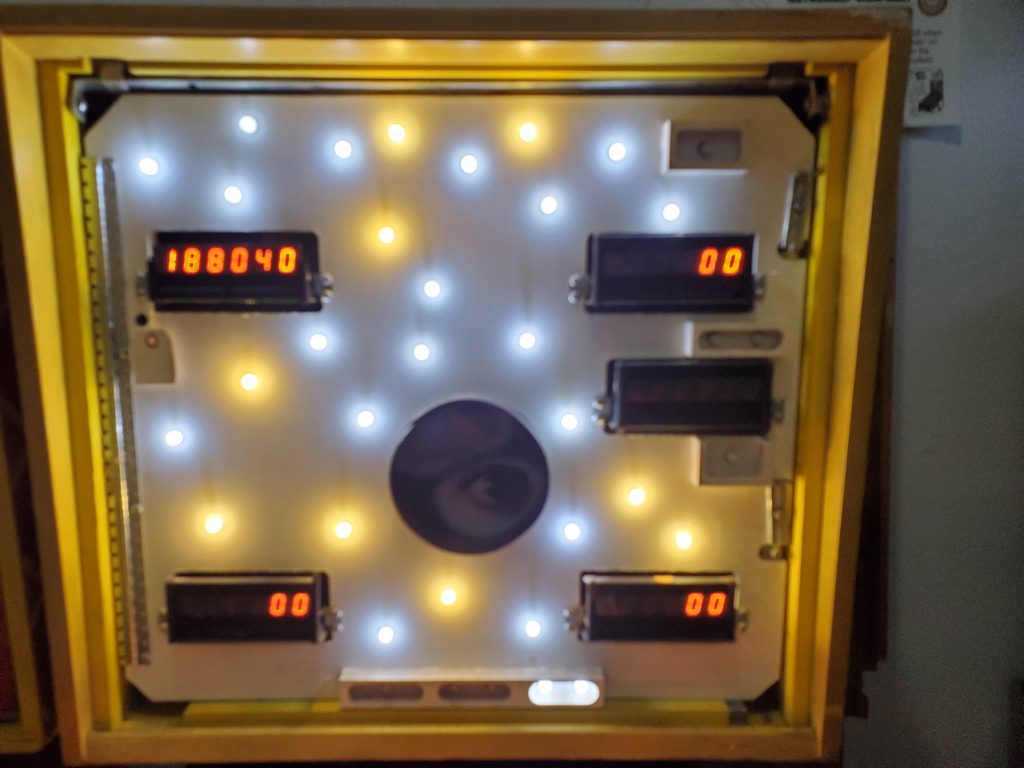
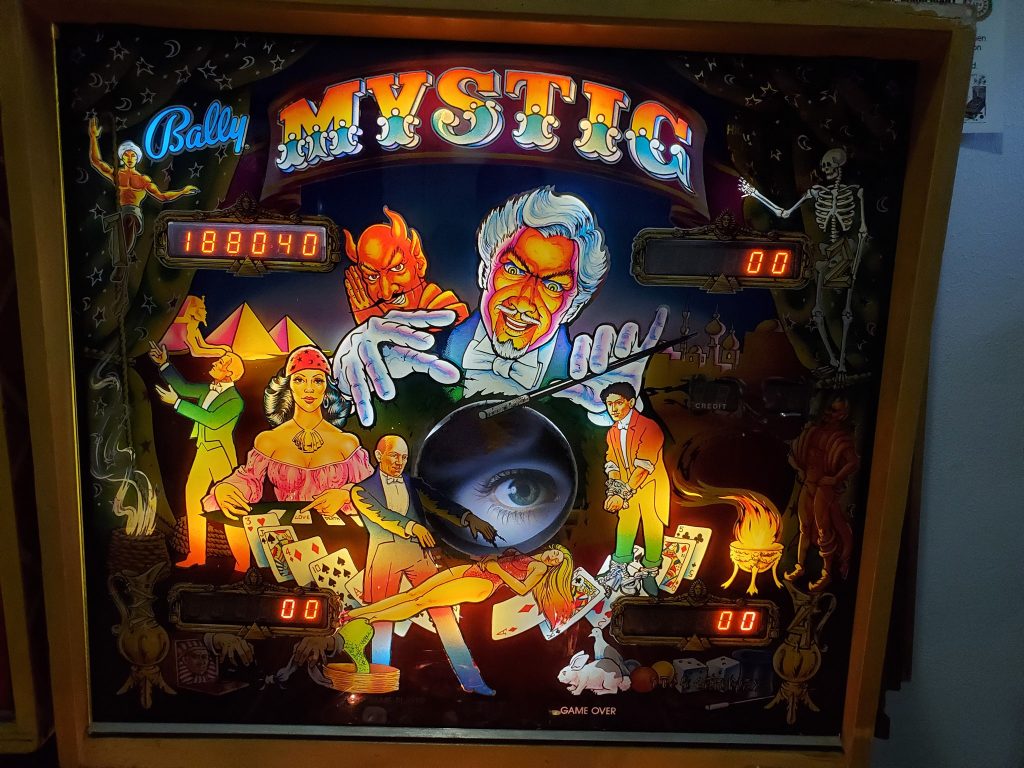
Sometimes going after a pinball machine takes you on a weird and wacky experience. Here’s my story of running into a really weird character who did a number on me.
This is a story of one of those really rewarding moments when a rare game shows up, and also you have it given to you. Being in the right place at the right time pays off!
As soon as I thought I had the game operational, I waxed the playfield and got ready to put it back together only to find out one of the flippers was out. This was a rather tricky issue that took a little bit to figure out — not your typical flipper problem, so I thought I’d do a video of it and go through the process of diagnosing why a flipper might not work (on a Bally-35 early solid state game).
I was going through some old videos that had been uploaded to YouTube that for some reason were not made public and found this one. It’s a short video on how to go through the diagnostics on these 80s era Bally pinball machines and track down switch matrix issues. I don’t go into how the matrix works in this particular video, but I do demonstrate how a stuck switch can cause odd behavior. In this case, the tilt triggers when a certain target is hit.
This is a game that’s been sitting in the back for awhile at my place that I keep meaning to get to, so I finally jumped back into to figure out what was wrong. It’s weird to go over notes you made 6+ months ago and try to pick back up where you left off — remind me not to do that.. LOL But the issue was relatively simple: The center bank of drop targets was not resetting.
In this series of videos, I go over, step-by-step the process of how to figure out what’s causing this problem, how to read schematics and manual diagrams, and the various points of failure, and once again, we are reminded of “Ockham’s Razor” which suggests the most obvious cause is the most likely… OR IS IT?
Interestingly enough, once I figured out where the problem was, rather than solve it the traditional way, I choose to do a “hack”… basically just to see if I could do it. The choice was, do you replace an entire 16-pin IC that’s only using one small part of it (involving adding a socket and a new chip that is pretty expensive and hard to find) or do you “hack” the damaged chip and piggyback a new component on top of it? Normally I don’t do these kinds of MacGuyver stuff on system boards, but it was a fun trick to try and it cost a few cents and about 10 minutes verses a lot more time than would have been used to replace a whole IC.
One reason why this hack job is particularly sloppy is because I had to work on the board in the game due to the previous owner having hard-soldered some wires to one of the connectors – that’ll be another future project to clean up all that mess, but for now, I needed to get this back working.
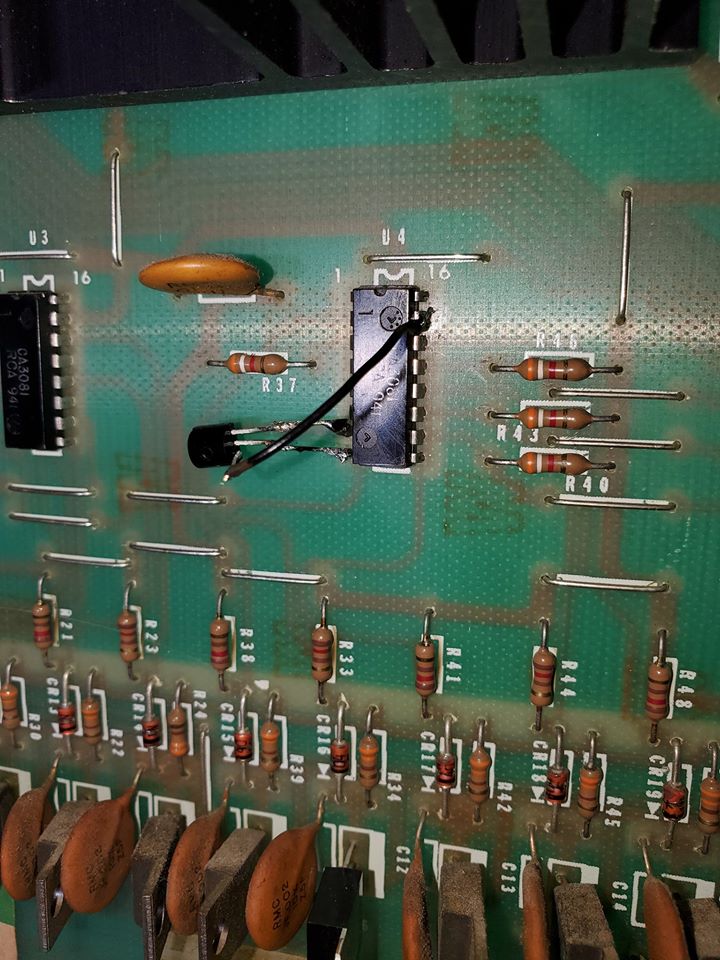
To understand what I did, here is a substitute circuit board showing the position of various individual 2N4401 transistors overlaid on the CA3081 IC package. Using this you can figure out where to insert a transistor manually on the IC pinouts if one of them fails:
